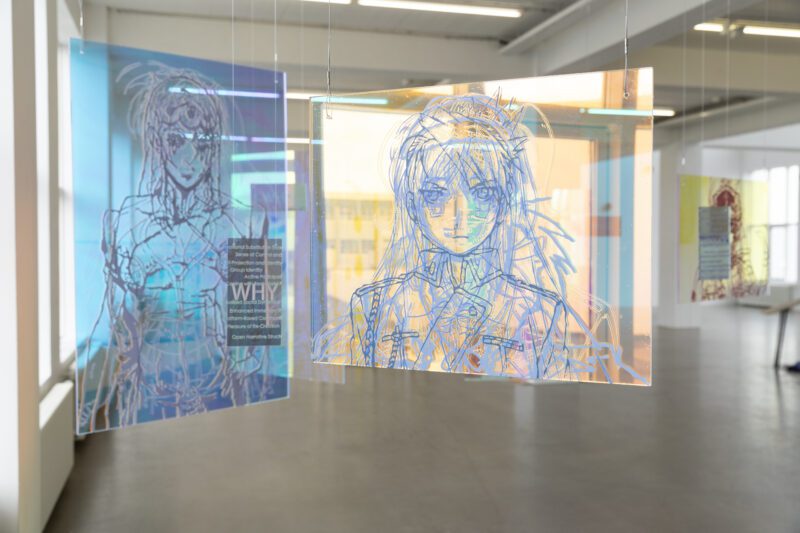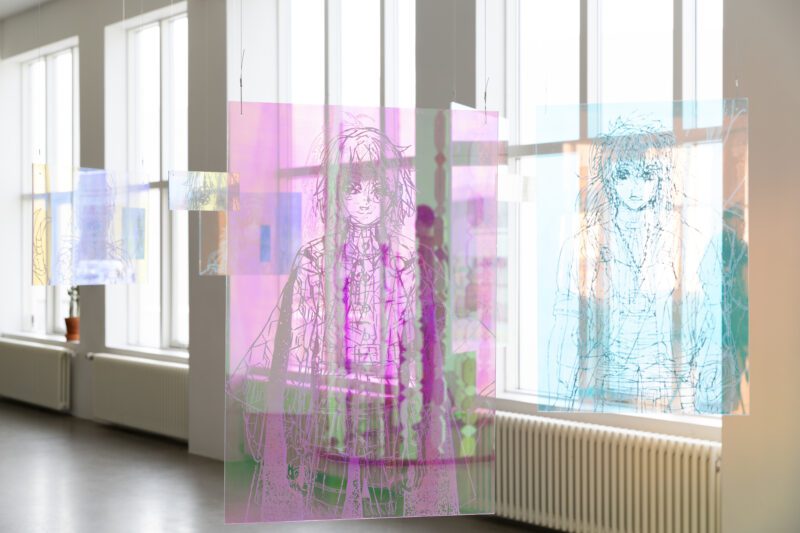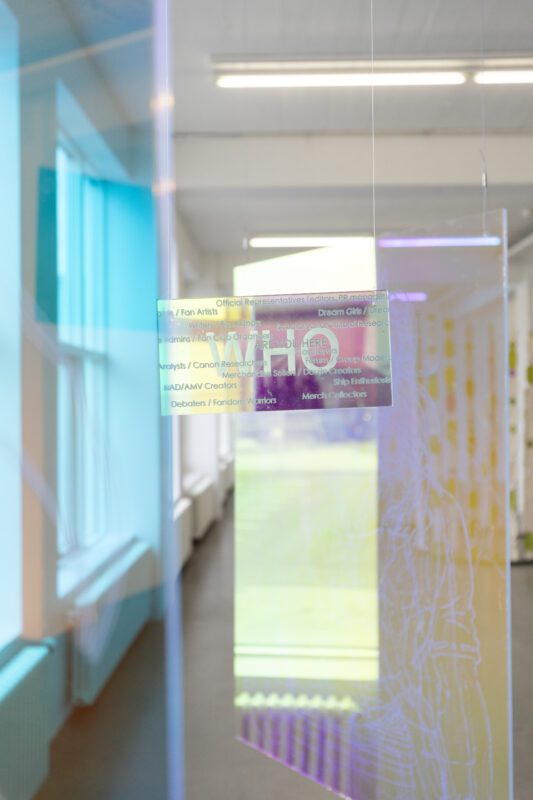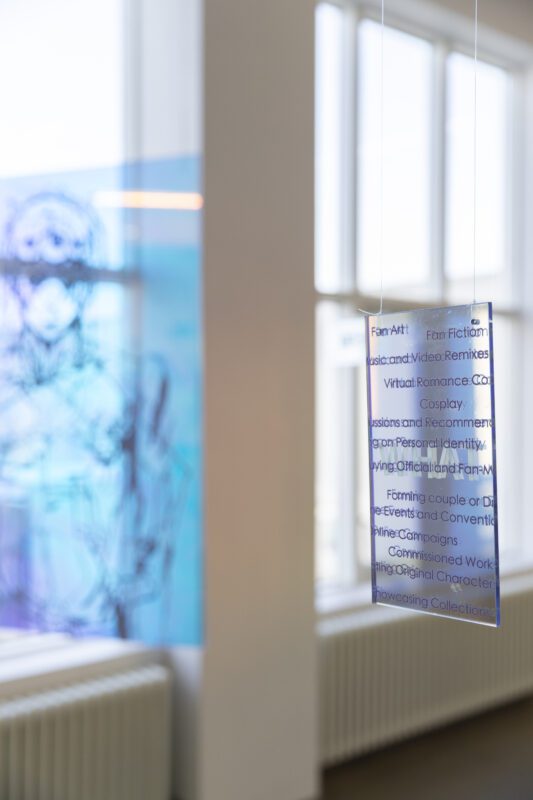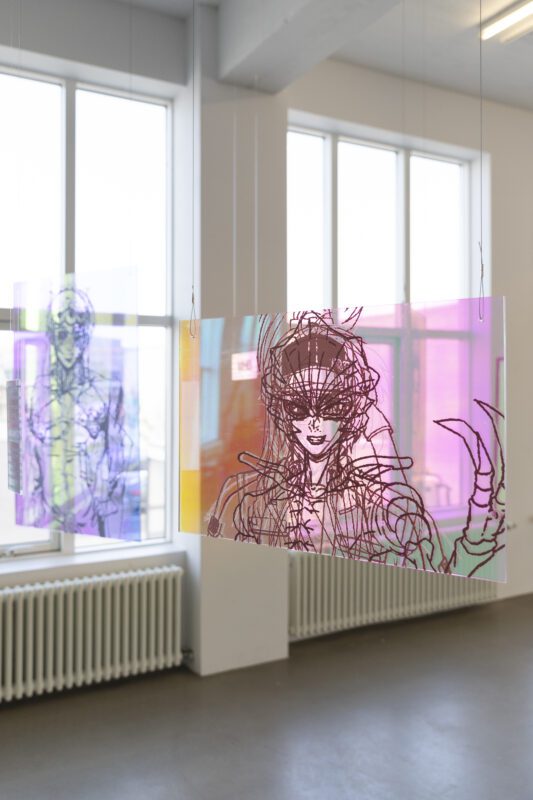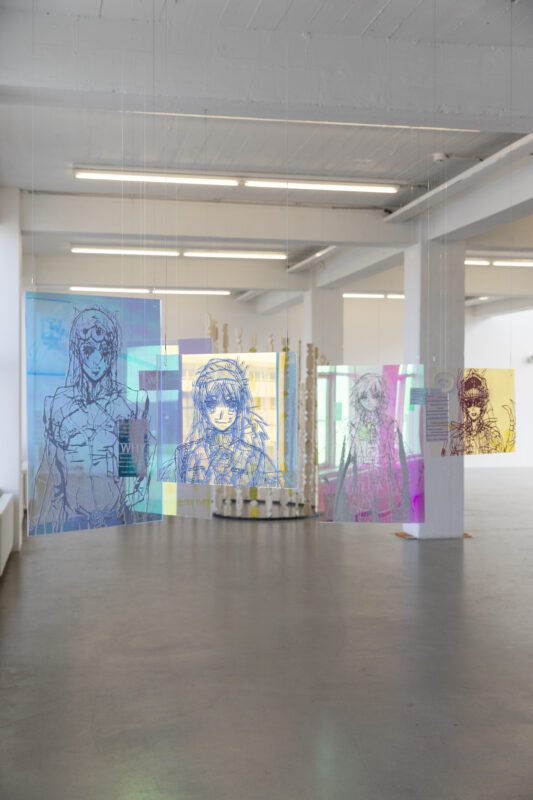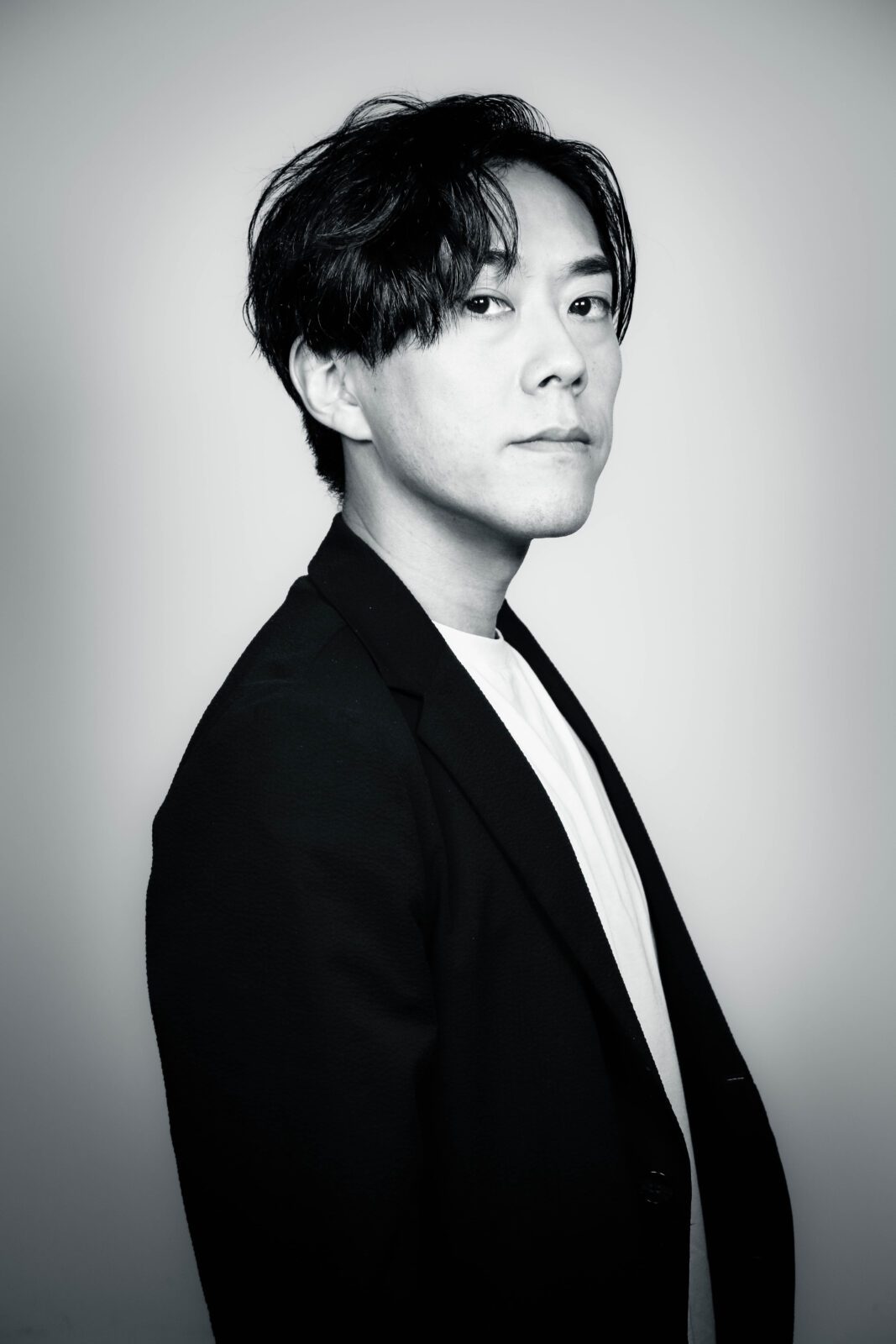Automatic translation by Google Translate.We cannot guarantee that it is accurate.
Skoða vefinn á ÍslenskuJiyan Chen
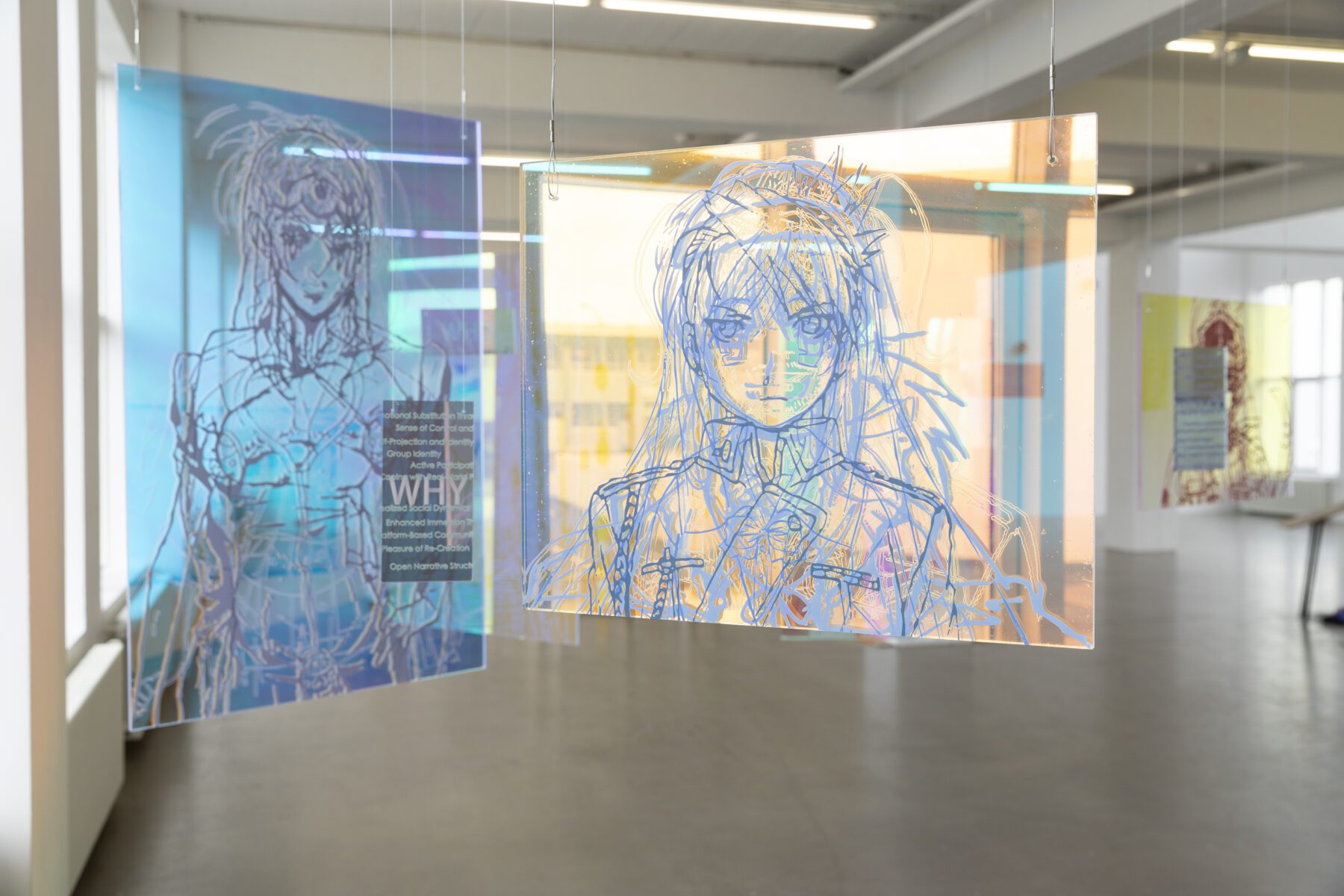
Whose Utopia IV
Acrylic, mirror surface film
Nijigen subculture, also known as ACGN culture (Anime, Comic, Game, Novel), has long existed at the boundary between the virtual and the real. As someone who has been immersed in Japanese animation since kindergarten—even learning to read Chinese characters through Chinese-subtitled anime—I consider myself an early-generation Nijigen dweller. I’ve personally witnessed this subculture’s journey from underground doujin conventions to its assimilation into mainstream commercial culture. From the blurred print of pirated DVD covers in the 1990s, to the thunderous streams of text flooding Bilibili’s bullet comments in the 2010s, to the real-time rendered Live2D avatars in virtual streamer broadcasts by 2023—these layered visual experiences have formed the foundational grammar through which I perceive the world. Nijigen culture thrives in the crevice between tangible reality and digital imagination. At the turn of the century, otaku had to navigate concrete mazes of urban cities to reach tiny shops hidden in residential buildings, hunting down precious anime discs. Today’s Gen Z inhabits an endless stream of algorithm-fed cuteness, where Hatsune Miku’s holographic concerts share the same visual dominance as anime-themed KFC promotions. Culture itself is moving from niche to mass, while I am constantly sinking deeper and more niche into the subculture. When I look back at these two parallel paths, I raise a question: Whether the roles in the anime culture are not only “external viewing objects”, but also “part of internal self-perception”.
Photo credits: Sisters Lumière / @sisters_lumiere
